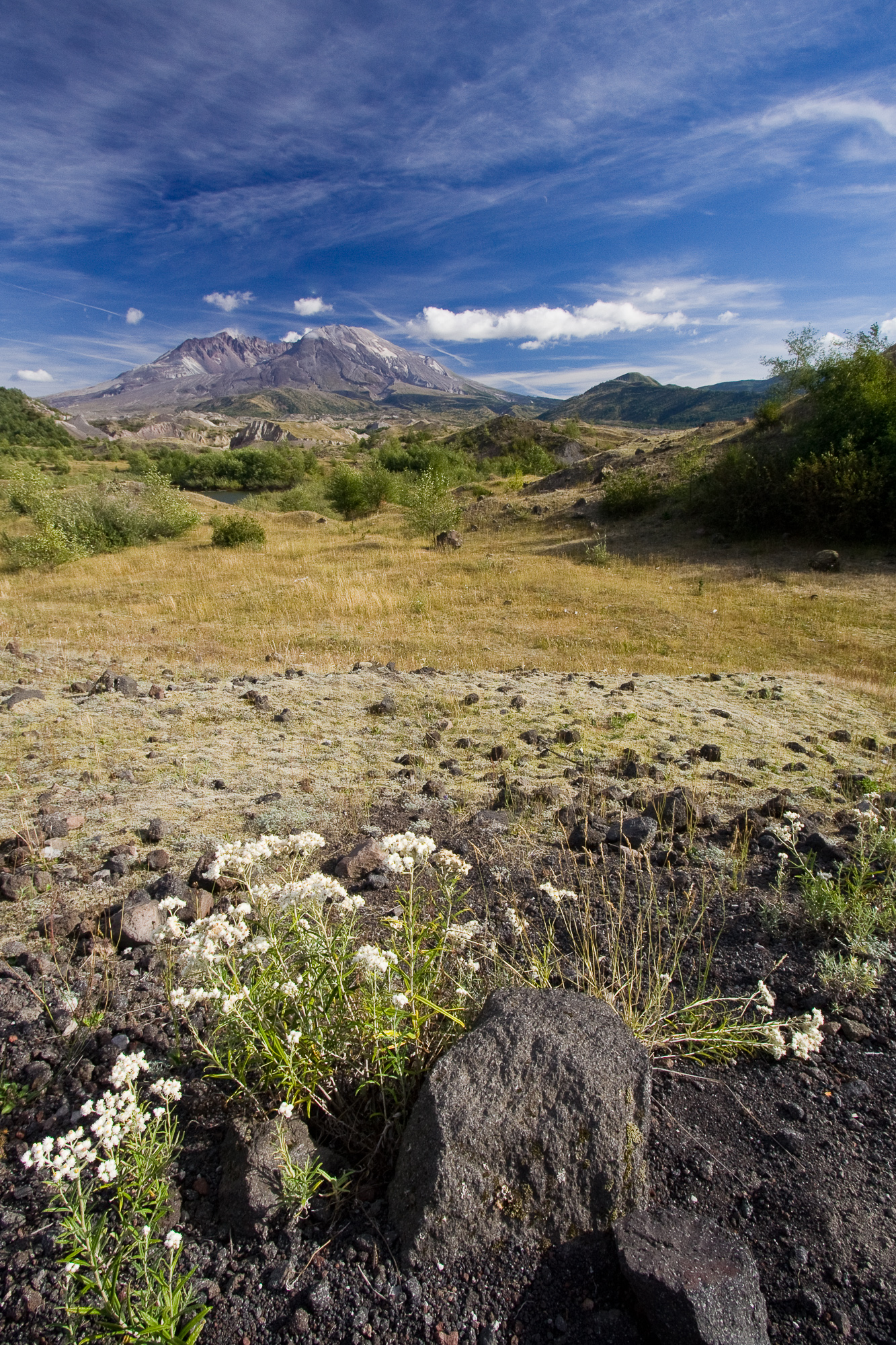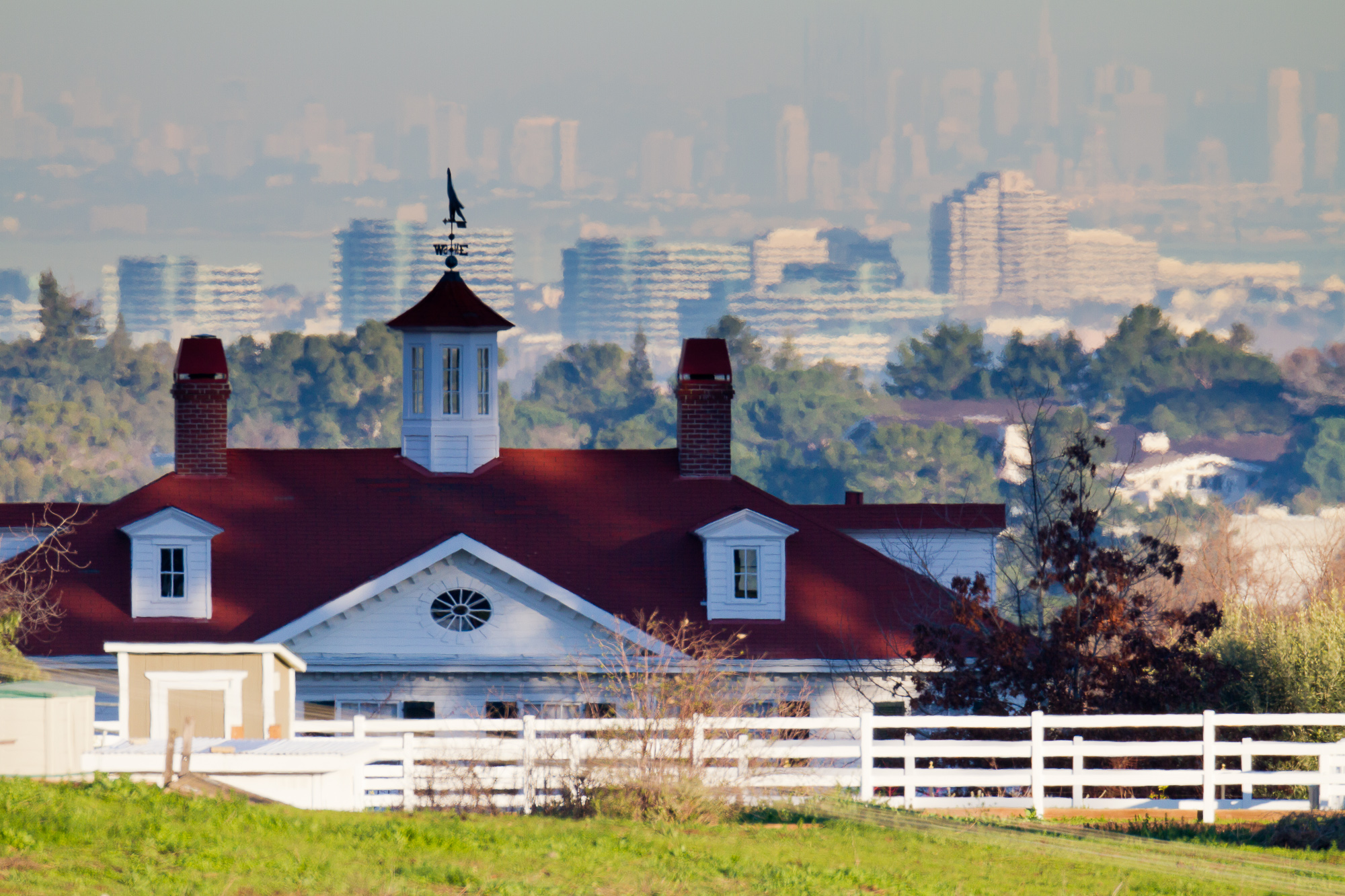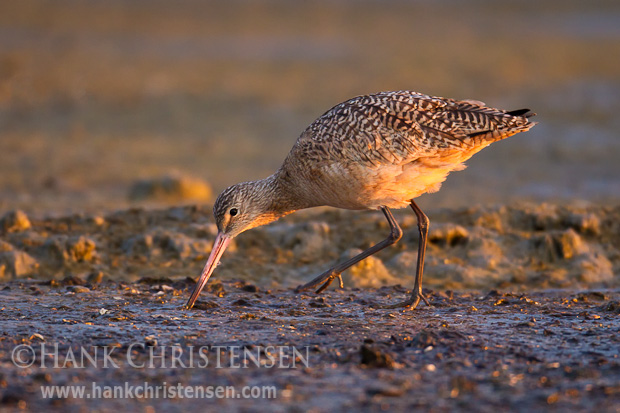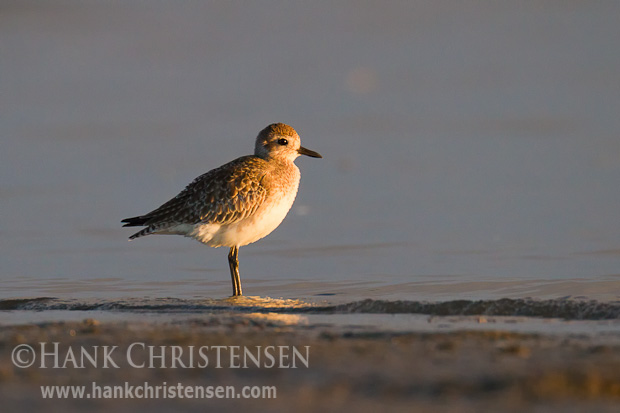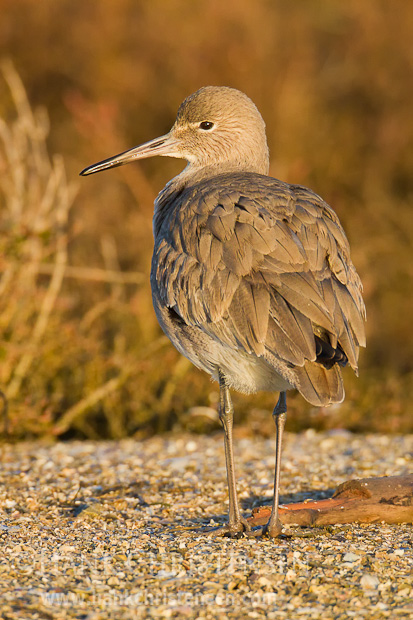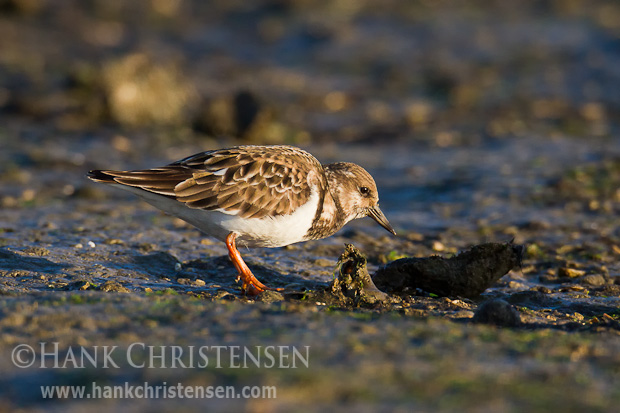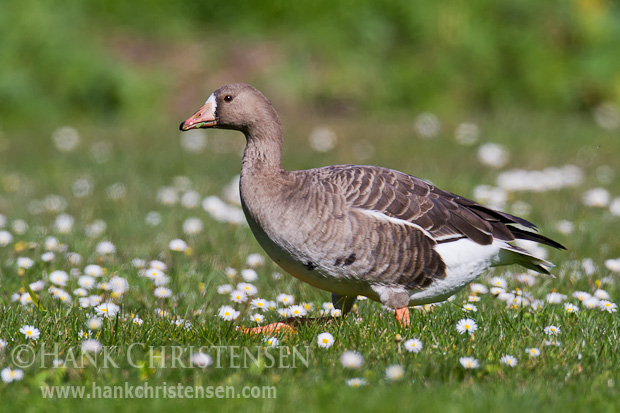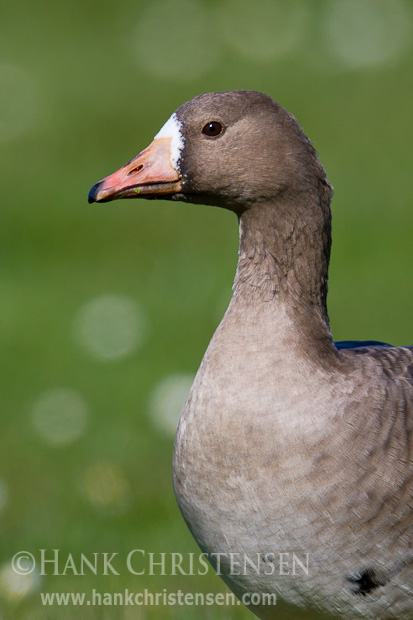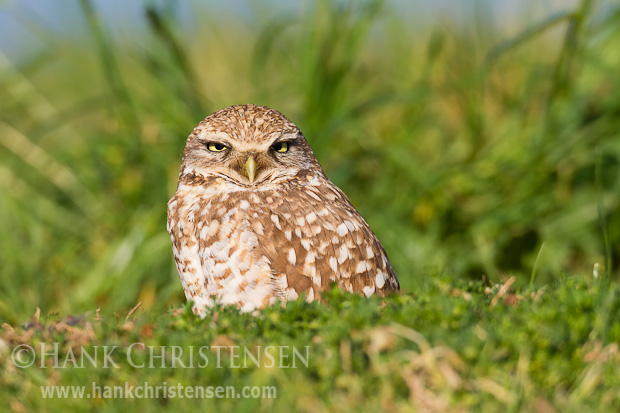
I took this photo last week of a local burrowing owl, whose burrow I had discovered the week before when out scouting with a couple of local birders. Since the light was poor that day, I returned later to get the bird in the nice warm light of sunrise.
I found the owl sitting upright in the burrow, not crouched low as I’ve seen other owls. He seemed quite comfortable with my presence. He was situated on the edge of a golf course, and I was able to photograph him while standing on a paved road, so I’m guessing that he is quite used to people being in the vicinity. I was careful not to approach too closely however, as the too much human contact with a burrow has been known to displace owls permanently. As much as I liked the lighting and the photos, he never did pop out of his hole, and I wanted to try to get photos of him up out of the ground.
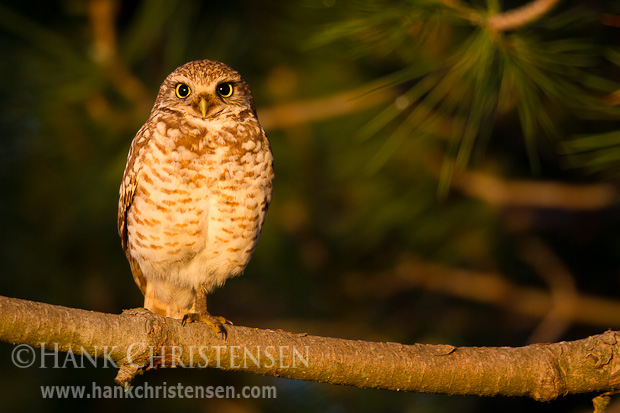
I returned two mornings later, this time a half hour earlier, so I could be there for day break. As I approached, I was excited to see the owl perched on a low branch of a nearby tree. I photographed the owl as the sun rose behind me, lighting the bird like a spotlight, while leaving the background dark. In order to compensate for a much brighter bird than the background, I had to dial down my exposure compensation to -2/3 of a stop, so as not to blow out the highlights of the owl.
In order to keep the ISO as low as possible, I opened up to the lens’ maximum aperture (5.6), knowing that with the owl’s fairly flat features, I could still get its entire face sharp at that depth of field. The shutter speed was just fast enough to photograph without needing to lock down the gimbal head of my tripod. However, because my subject wasn’t moving, I didn’t have to pan the lens with the bird, so I locked it down anyway, eliminating any chance of lens shake.
Soon after the photo above was taken, the sun rose higher in the sky and was casting small shadows into the owl’s large eyes. Sometimes the lighting is perfect for a given situation only for a few moments. While the owl was still in the tree at the time I left that morning, I knew it would only be a matter of time before it returned to its burrow for the day.

